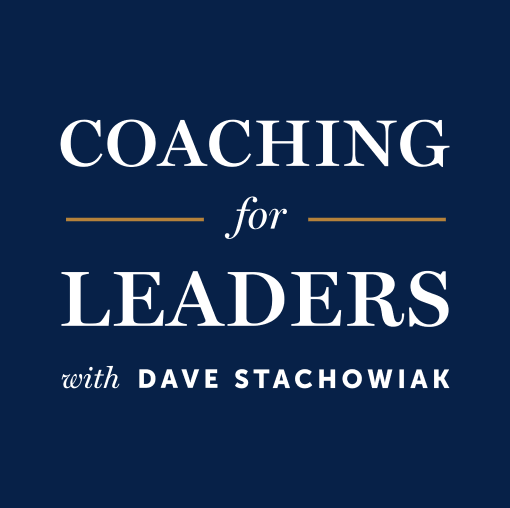Bonni Stachowiak: Teaching in Higher Ed
Bonni is the host of the Teaching in Higher Ed podcast, Dean of Teaching and Learning and Professor of Business and Management at Vanguard University, and my life partner. Prior to her academic career, she was a human resources consultant and executive officer for a publicly traded company. Bonni is the author of The Productive Online and Offline Professor: A Practical Guide*.
Listener Questions
- Josh asked about helpful practices for setting chat groups in the workplace, especially for remote workers.
- Lily was curious about the best way to structure a first session of a new innovation group and also how to help people engage.
- Nicole wondered how she might navigate a situation with a particular donor who is asking for more support than is typical.
Resources Mentioned
- The Art of Gathering: How We Meet and Why It Matters* by Priya Parker
- The Five Dysfunctions of a Team: A Leadership Fable* by Patrick Lencioni
- Sunrise, Sunset from Fiddler on the Roof
Related Episodes
- How to Create Meaningful Gatherings, with Priya Parker (episode 395)
- Transitioning to Remote Leadership, with Tammy Bjelland (episode 509)
- Transcend Leadership Struggles Through Your Strengths, with Lisa Cummings (episode 692)
Discover More
Activate your free membership for full access to the entire library of interviews since 2011, searchable by topic. To accelerate your learning, uncover more inside Coaching for Leaders Plus.





